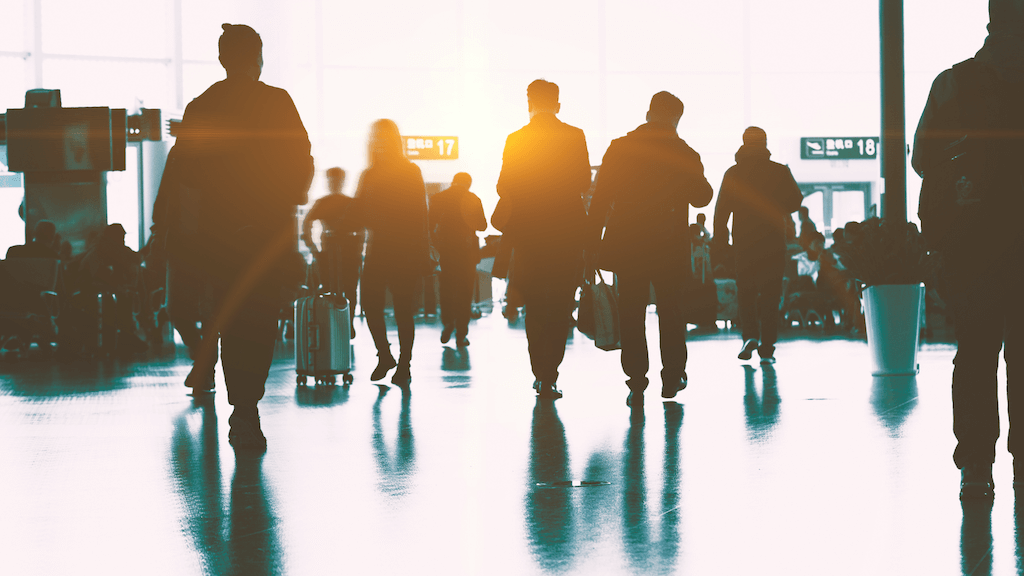Can you guess one of the greatest wishes that residents of urban areas have?
It is to spend as little time as possible commuting. In fact, some people consider it so important that a well-organized transportation system plays a decisive role in planning relocation.
As commute durations increase across the world, it is even more important to find smart solutions for increasing the capacity of transport infrastructures.
Residents of Singapore, London, and Hong Kong got lucky as these are the cities with one of the best means of public transport, but sadly not many cities around the world can claim the same status.
With greater concern for the environment, more and more cities began to invest in the optimization of transport systems and with the unexpected appearance of the pandemic, this priority became even more important.
How exactly is COVID-19 connected with a need for a better transport system? Well, the pandemic posed a new challenge for municipal administrations since the key objective at this time became to avoid overcrowding, both within public transport and outside at bus stations.
Therefore, to create an efficient transport system that is also safe and secure, many started exploring smarter solutions.
AI removing the overcrowding factor

Yes, when we hear artificial intelligence and transportation, the first thing we have in mind is autonomous vehicles, but there are many other fields in which AI comes in handy for mass transit.
AI is a technology that, in combination with data and algorithms, can achieve human-like performance. It has been implemented in different processes with different intentions, however, one of its most-used benefits is predicting certain results based on historical data. And this is exactly how passenger flow can be optimized.
Matching public transport schedules with passenger demand is key to eliminating the crowding factor. While the concept may seem simple, in practice it is complicated and in the case of a large city, it becomes even more complex.
However, cities started taking advantage of transportation data for overcoming this challenge. Cameras installed at public transport stops, as well as within public transports, provide real-time information on the number of passengers.
The big picture comes into play when this collected data is enriched with other factors such as:
- Area-specific speed limits
- Number of bus stops
- Amount of road lanes
- Weather conditions
- Time of the day
- Period of the week
Combining all this information and processing it with AI software offers the best way to manage transportation, with suggestions for adding public transport stops and adding vehicles for each specific public transport lane.

Such a solution is important with unforeseen sudden changes such as pandemics, as it can quickly realign routes with respect to new restrictions that would produce the best possible scenario to optimize safe passenger movement. This could mean offering an additional vehicle (bus, train, tram, etc.) for increased social distancing.
Keep in mind that placing an extra bus affects the entire transportation system as a whole and requires a complete adjustment that takes considerable time if done by humans.
However, with artificial intelligence, the readjustment process is quick which can then be analyzed by human operators for accuracy, saving time, and increasing efficiency.
A smarter transportation system
Most of the cities already have access to the data mentioned above, the missing piece is an artificial intelligence system that can take full advantage of this data and deliver real, actionable suggestions. The system also makes it possible to monitor the positive impact of change in cities in real-time.
AI is an important tool for optimizing passenger transport flow because it can be used to predict what will happen based on historical data.
The topic we discussed above is not a sci-fi movie script. Artificial intelligence is already improving operations in many industries. If you want to see its real-life applications and how it helps businesses, make sure to check out our case studies.








